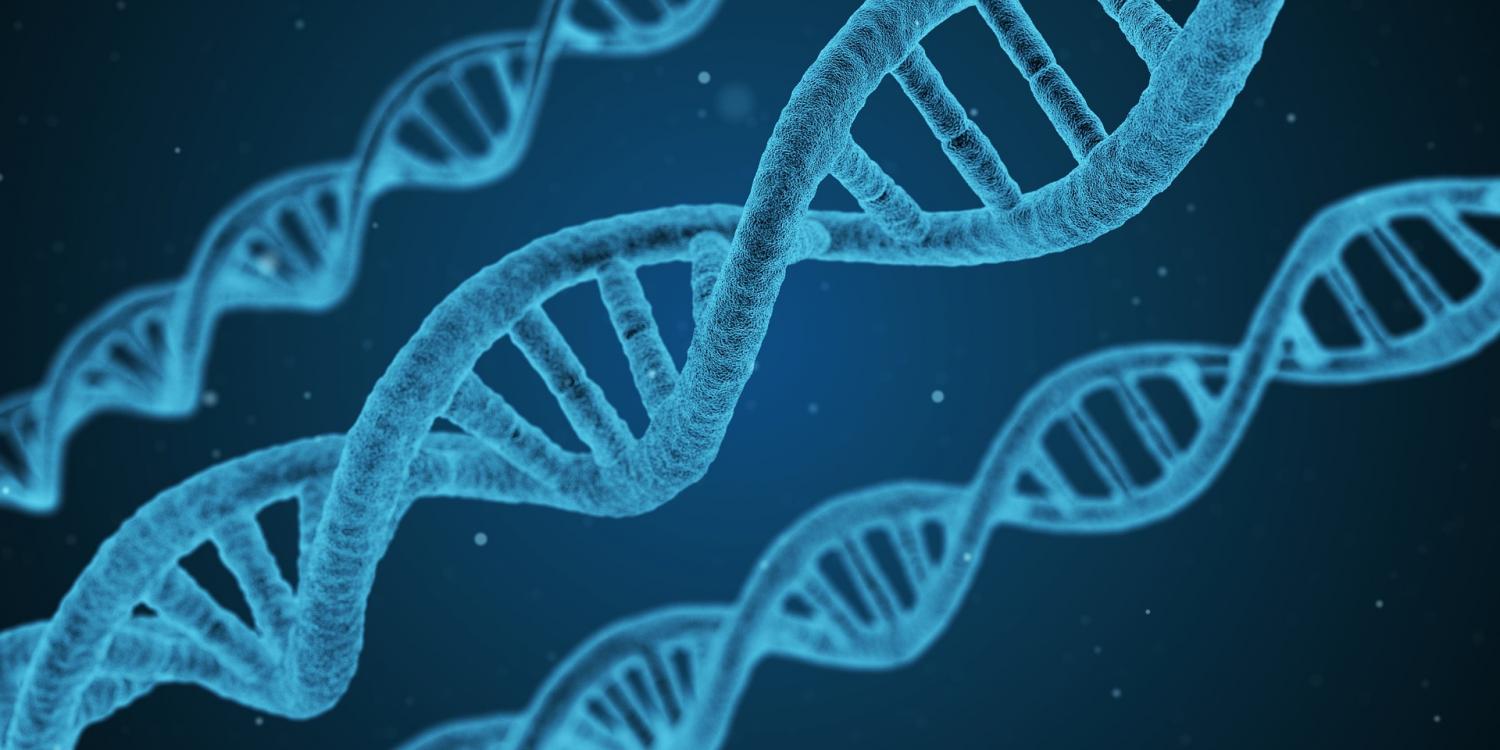The other name for RNA Sequencing is RNA-seq. It is the next generation of DNA sequencing technology that makes the use of cDNA molecules. It uses reverse transcription methodology to map genetic information from a biological sample using the RNA content. It is also backed by parallel deep sequencing and library construction.
A Brief History of RNA Sequencing
RNA sequencing is mostly used for analysis of the dynamic cellular transcriptome. It helps in looking into alternatively spliced gene transcripts. It is also beneficial to get a better idea about gene fusion, changes that take place post-transcription, gene mutation and overall changes in gene expressions over time.
It also plays a vital role when one is trying to figure out the variations in gene expressions from samples taken from different sources or groups. Not only RNA sequencing can take a closer look at mRNA transcripts, but the process also comes in handy to take count of different sub-molecules of RNA such as:
- tRNA
- miRNA and
- ribosomal profiling.
Before RNA sequencing came into the picture, studies that involved gene sequencing were carried out primarily using hybridization-based microarrays. Microarrays have a lot of issues, to begin with! It often leads to cross-hybridization artefacts, poor identification of high and low gene expressions, and many more. It is due to these technical difficulties, the world of transcriptomics was looking at alternative methods that were primarily sequence-based. Sequence-based methods mainly consist of:
- Sanger sequencing – used in of expression of sequence tag libraries
- Study of gene expression using serial analysis with the help of chemical tag-based methods
- Next-generation cDNA sequencing (RNA sequencing)
Applications of RNA Sequencing in Medicine
RNA sequencing is much more efficient and effective which has been successful in altering the views of the medical world about eukaryotic transcriptomes. The process delivers precision results when it comes to measuring the levels of transcripts and their isoforms.
BioChain total RNA is capable of delivering deep insights and answers to a lot of critical scientific and medical questions. Its applications are huge and some of them are as follows:
- Helps in figuring out gene expression between samples from different sources
- Helps in studying the effects of alternative splicing events in samples associated with various diseases
- Helps in identifying allele-specific genetic expressions
- Helps in the identification of SNPs (or Single Nucleotide Polymorphisms due to a specific disease)
- Helps in a better understanding of gene fusions in diseased cells. It helps in identifying the causes behind the various forms of cancer
Benefits of RNA Sequencing
- RNA-seq is best suited for pointing out genes that are either expressing in the high or low dynamic ranges of expression levels.
- The method is easy to reproduce several times in a single go when compared to other methodologies
- RNA-seq is independent of the accumulated knowledge about the genome of an organism making it the ideal process for the genetic mapping of species whose genetic information is yet to be discovered
When compared to hybridization methods which are infamous for churning out biased results, RNA sequencing, on the other hand, delivers unbiased results. Although the process is still in its early years of development, by looking at the amount of progress that has been made over the years, one can easily conclude that RNA sequencing is the future of genetics.

Leave a Reply
You must be logged in to post a comment.